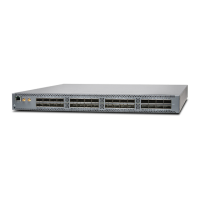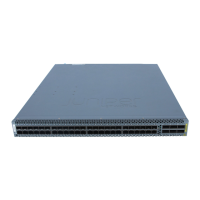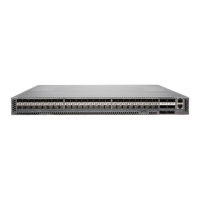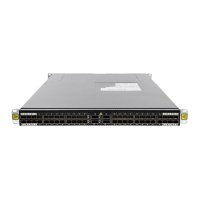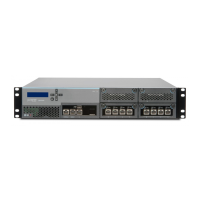WARNING: Do not leave a fiber-optic transceiver uncovered except when inserting
or removing a cable. The rubber safety cap keeps the port clean and prevents
accidental exposure to laser light.
CAUTION: Do not bend fiber-optic cables beyond their minimum bend radius. An
arc smaller than a few inches in diameter can damage the cables and cause problems
that are difficult to diagnose.
4. Remove the cable connected to the transceiver (see “Disconnect a Fiber-Optic Cable” on page 487).
Cover the transceiver and the end of each fiber-optic cable connector with a rubber safety cap
immediately after disconnecting the fiber-optic cables.
5. If there is a cable management system, arrange the cable in the cable management system to prevent
it from dislodging or developing stress points. Secure the cable so that it does not support its own
weight as it hangs to the floor. Place excess cable out of the way in a neatly coiled loop in the cable
management system. Placing fasteners on the loop helps to maintain its shape.
CAUTION: Do not bend the fiber-optic cable beyond its minimum bend radius. An
arc smaller than a few inches in diameter can damage the cable and cause problems
that are difficult to diagnose.
479
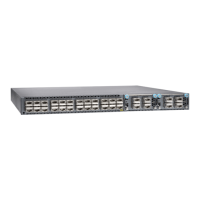
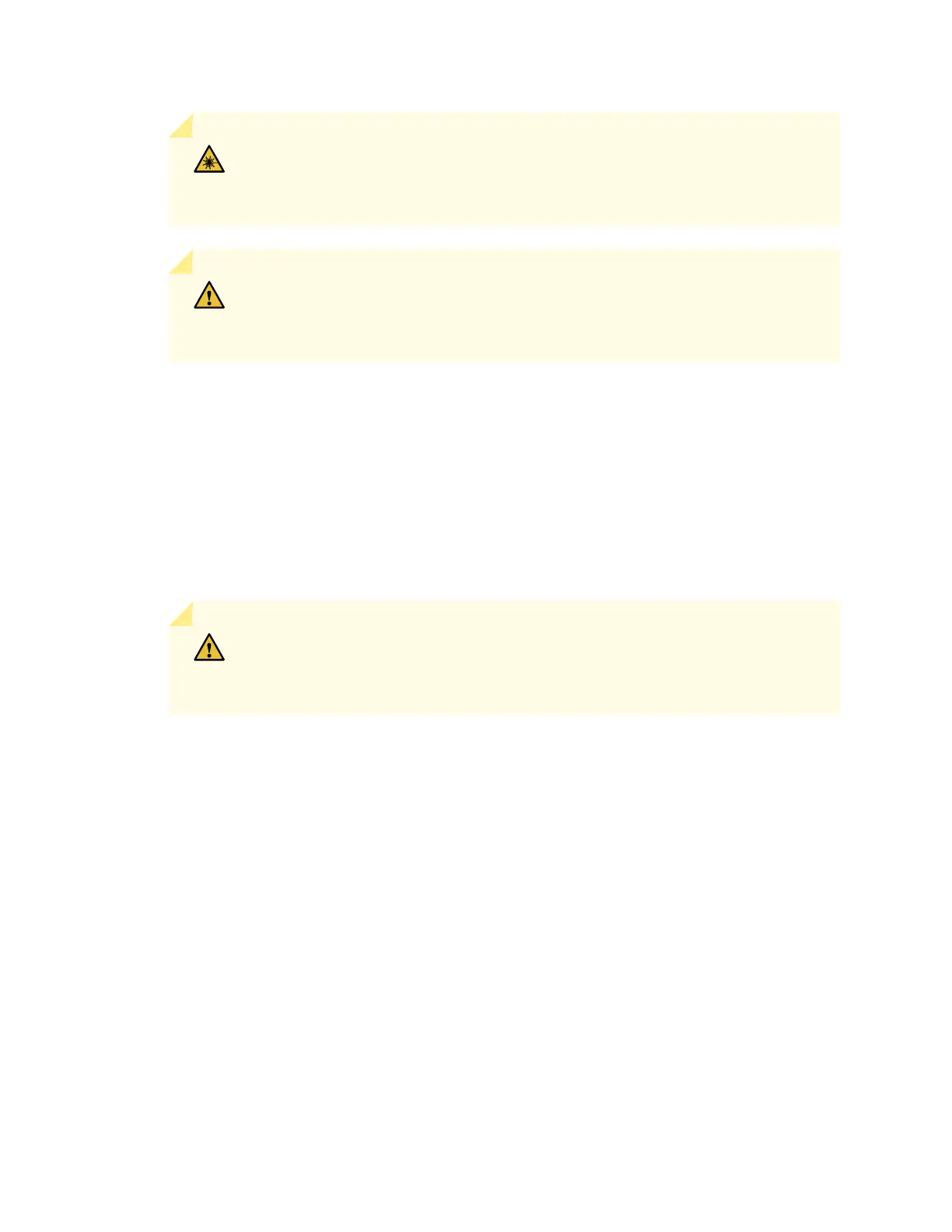